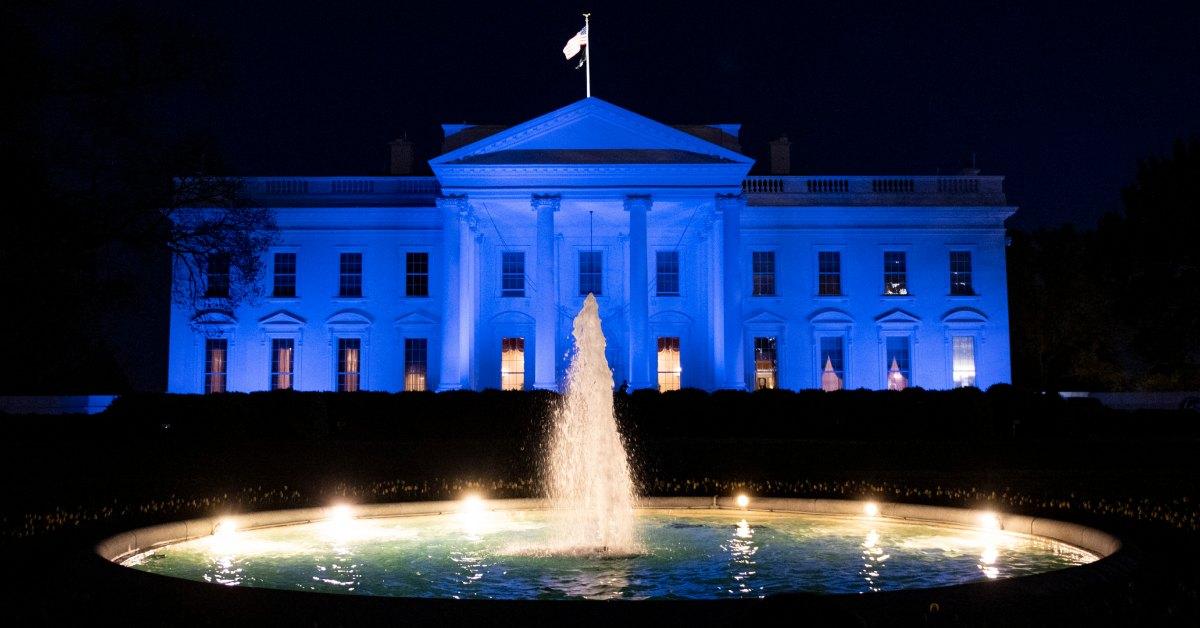Autism Awareness Day Is April 2 — Here’s What Color You Should Wear
Autism awareness extends beyond just one day, it’s actually recognized throughout the entire month of April.
Published April 2 2025, 11:28 a.m. ET

Autism Awareness Day is observed every April 2, and it has been recognized since 2007 when the United Nations General Assembly designated the day. This day was created to raise awareness about autism, formally known as Autism Spectrum Disorder, which affects how the brain develops and can lead to a range of symptoms. These symptoms can vary in severity, impacting social interactions and behavior.
To show support for those affected by autism and encourage others to learn more about it, many choose to wear a specific color, similar to how people wear a pink ribbon for breast cancer awareness. However, there’s been some debate about whether you should wear red or blue on Autism Awareness Day, so we’re here to clear up the confusion.
What color do you wear on Autism Awareness Day?

Blue is the official color for Autism Awareness Day, which is why many people wear blue on April 2. This tradition likely stems from the "Light It Up Blue" campaign, a global initiative tied to both Autism Awareness Day and Autism Awareness Month, which runs throughout April.
During this time, landmarks such as concert halls, universities, and sports venues illuminate blue lights in recognition of autism awareness. Some individuals also show their support by replacing their porch light with a blue bulb. On social media, you may notice people using the hashtag #LIUB on TikTok, Instagram, and X (formerly Twitter) to raise awareness.
Many associate the color blue with calmness and tranquility, which may be why it was chosen to represent autism awareness.
In 2025, Autism Awareness Day follows the theme "Advancing Neurodiversity and the UN Sustainable Development Goals (SDGs)" with a focus on breaking down barriers for individuals with autism, promoting inclusivity, and recognizing their contributions to society, according to the United Nations.
Red is also worn on Autism Awareness Day, and here's why.
While blue has long been the official color for Autism Awareness Day, some people are now opting for red instead, and it all ties back to Autism Speaks. The organization launched the "Light It Up Blue" campaign in 2010, which likely established blue as the go-to color.
However, many in the autism community are distancing themselves from Autism Speaks due to its past focus on finding a "cure" for autism, a stance that many find offensive, as autism isn’t something to be cured but rather understood and embraced.
Although controversy around Autism Speaks persists, the organization has since removed the word "cure" from its vocabulary and acknowledged that "we do not support research searching for a cure."
Ultimately, whether you choose to wear red or blue on Autism Awareness Day depends on where you stand, but both colors serve as a sign of support.